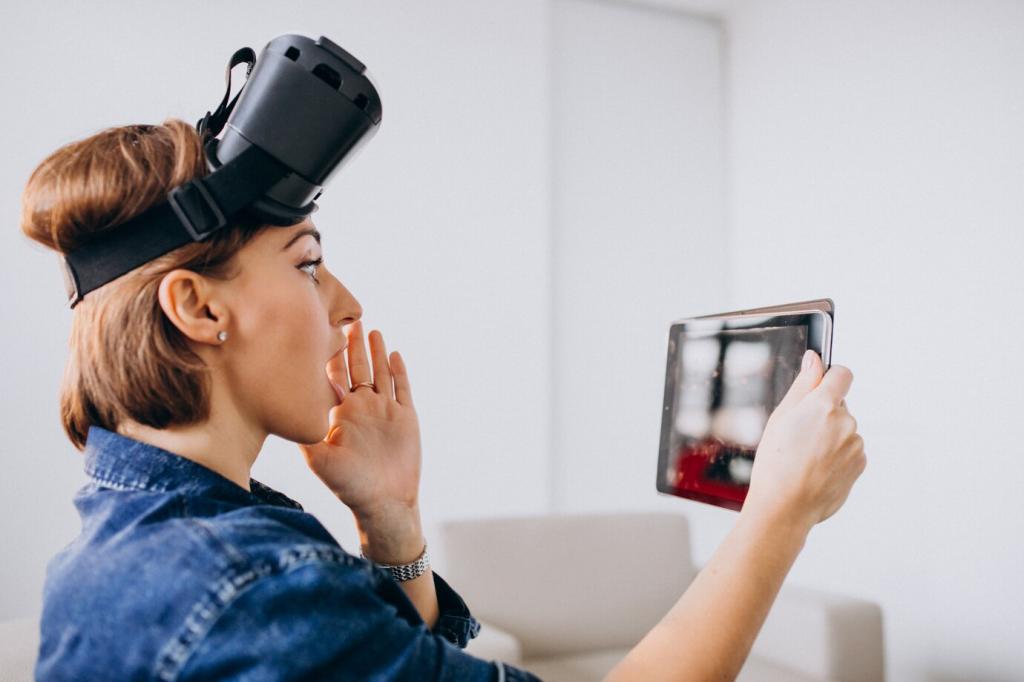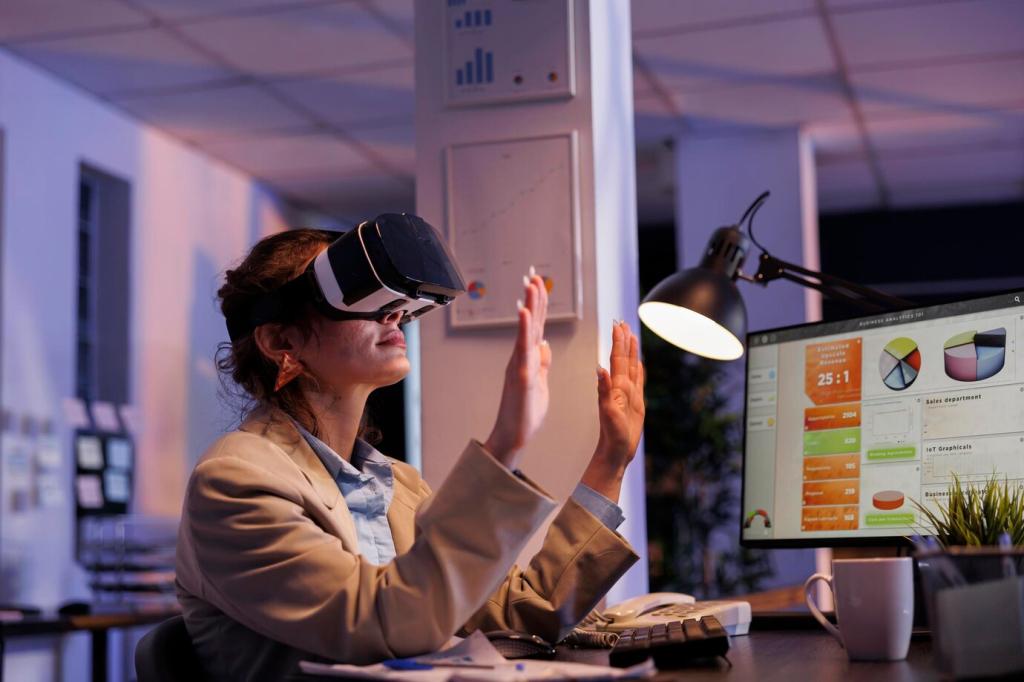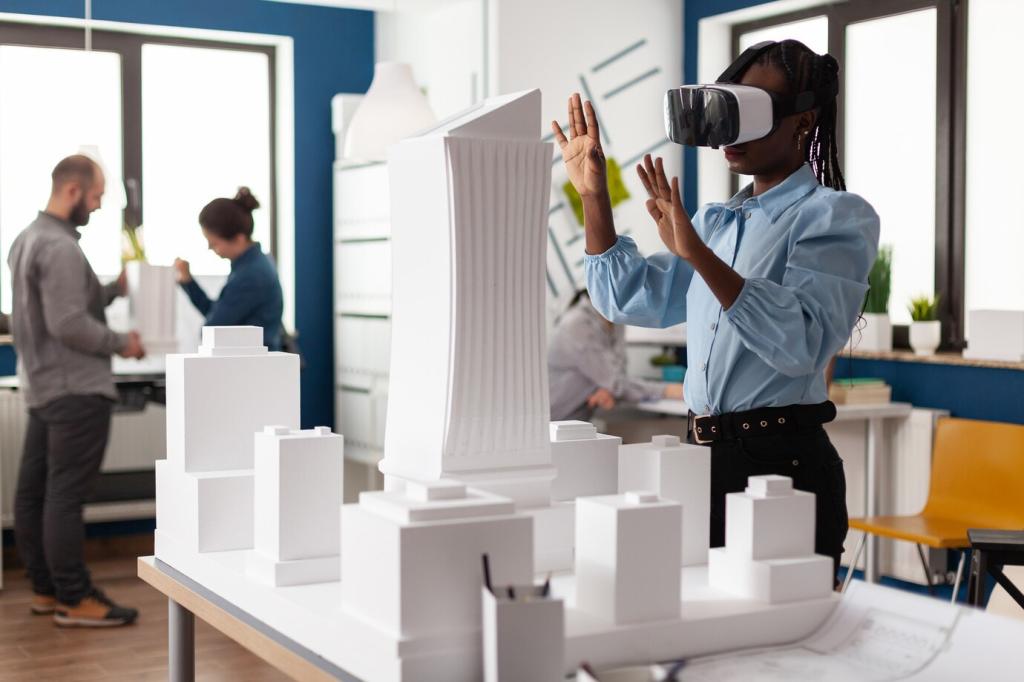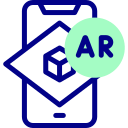
Your Guide to Augmented Reality Frameworks for Mobile Apps
Selected theme: Augmented Reality Frameworks for Mobile Apps. Step into a practical, inspiring journey through ARKit, ARCore, AR Foundation, and more. Discover what truly matters for real mobile experiences—and subscribe to follow our hands-on deep dives.
The Mobile AR Framework Landscape Today
Apple’s ARKit and Google’s ARCore both deliver plane detection, anchors, and light estimation, yet differ in device consistency, depth APIs, body tracking, and stability. Tell us which API won your team’s trust and why.

Tracking, Planes, and Anchors Explained
Frameworks estimate device pose using camera and inertial sensors, detect planes for placement, and use anchors for stability. Understanding drift, relocalization, and world origin is crucial. What’s your trick for keeping content locked in place?
Permissions, Sensors, and Environment Understanding
Camera access, motion sensors, and sometimes depth sensors define reliability under different lighting and surfaces. Gentle permission prompts and clear onboarding reduce drop-offs. Share your best microcopy for first-time AR permission requests.
Hello World in an AR Framework: What Really Happens
Your first cube or character sits on a detected plane, illuminated by estimated lighting, and tethered to an anchor. The wow moment fades if tracking jitters. Tell us how you stabilized your very first demo.
Designing for Humans: AR UX Under Framework Constraints
01
Guide users to scan their environment with short, visual cues. Set expectations about walking, space, and obstacles. Use soft haptics to reward successful plane detection. How do you balance clarity without overwhelming newcomers?
02
Depth APIs and people occlusion can dramatically increase believability when supported. Calibrate exposure and shadows to avoid floating objects. If your framework lacks occlusion, design around it. What lighting trick gave your scenes authenticity?
03
Pinch, drag, and rotate work best with clear visual affordances and snap-to constraints. Combine haptic taps with subtle sound cues for confirmation. Which gesture set felt most natural in your prototype sessions?
Performance and Stability on Real Devices
Target a stable 60fps where possible, but prioritize consistency over peaks. Limit draw calls, use GPU instancing, and cap particle counts. Have you measured how long sessions last before heat impacts tracking?


Performance and Stability on Real Devices
Meshes, depth buffers, and textures balloon memory quickly. Streamline meshes, compress textures, and clean up anchors aggressively. What caching strategy kept your spatial data responsive across multiple rooms or sessions?
Cross-Platform Paths and WebAR Trade-offs

Native frameworks offer deepest features and stability; AR Foundation speeds parity; WebAR simplifies access with constraints. Define your must-have features first. Which path gave you the best balance of reach and quality?
Picking the Stack: AR Foundation Over Native
They chose AR Foundation to reach iOS and Android quickly, accepting minor feature gaps. A single codebase eased iteration. Would you trade a bit of platform-specific polish for faster cross-platform learning loops?
Solving Drift with Anchors and Visual Hints
Drift ruined early demos, so they added multiple anchors, subtle grid decals, and guided scanning. Confidence rose when users learned to circle objects. What anchor strategies stabilized your largest virtual items reliably?
Launch Lessons: Metrics, Crashes, and Community
They tracked session length, placed-item counts, relocalization events, and crash clusters tied to older devices. Fast hotfixes and honest release notes built trust. What metric most clearly predicted your retention after week one?
